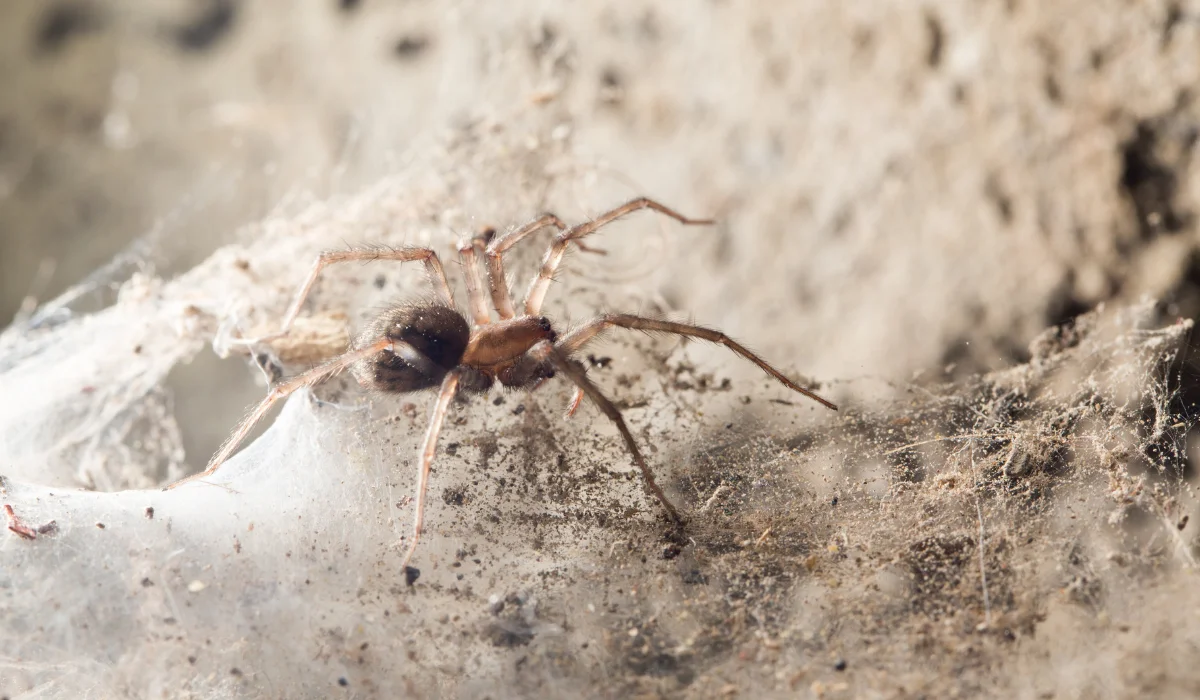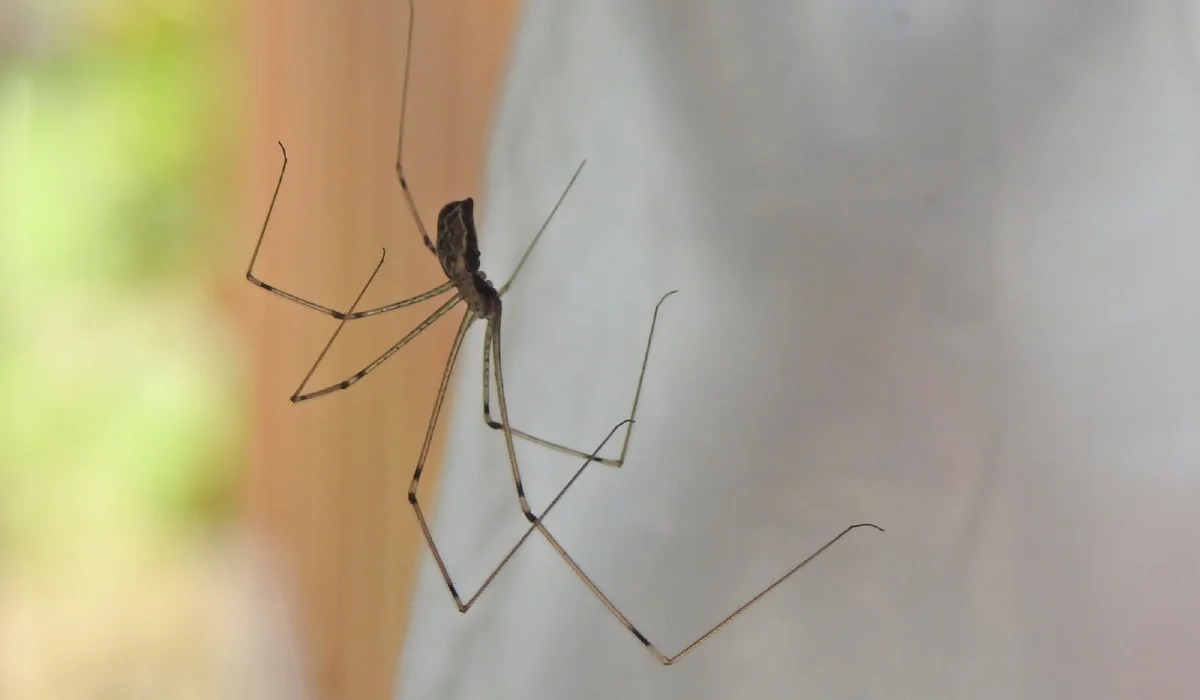The Complete Guide to Rodent-Proofing for Year-Round Protection
Why Mice Infest California Homes All Year Long
In California, mild winters and long dry seasons create a perfect storm for year-round rodent activity. Unlike colder states where rodent issues taper off after fall, California mice thrive 12 months a year, especially in regions like:
- Los Angeles and Orange County (dense urban shelter)
- San Diego (coastal warmth and high-density housing)
- Central Valley (farmland and food sources)
- Bay Area (older homes, easy roof access)
- Inland Empire (dry conditions drive mice indoors)
Understanding the California-specific rodent patterns helps homeowners take targeted steps in keeping their homes mouse-free.
Quick Reference: California Mouse Prevention Checklist
Here’s a handy overview of top prevention methods for California homes, how they work, and when to use them.
| Prevention Method | Effectiveness | When to Use | California Tip |
|---|---|---|---|
| Sealing entry points | ★★★★★ | Year-round, after any home repairs | Check after earthquakes or rainstorms |
| Trimming trees and vegetation | ★★★★☆ | Late spring, fall | Especially near citrus or avocado trees |
| Food storage & waste control | ★★★★★ | Always | Garage storage & pet food are high-risk zones |
| Attic & crawl space maintenance | ★★★★☆ | Fall and winter | Roof rats thrive in insulation during cooler temps |
| Community pest control efforts | ★★★★☆ | Ongoing, especially in HOAs | Great for cities like SF or Pasadena |
| Natural repellents | ★★☆☆☆ | As a supplemental method only | Not reliable against active infestations |
| Professional rodent exclusion | ★★★★★ | At first sign of activity or annually | OPP offers region-specific plans and free inspections |
How to Seal Mouse Entry Points Around Your California Home
Stop Mice Before They Get Inside
Sealing is your #1 defense against rodent invasions. Mice can squeeze through holes as small as ¼ inch—so small they often go unnoticed.
Where to Check:
- Foundation gaps & wall cracks
- Utility line entry points
- Roofline gaps, attic vents
- Garage doors & thresholds
- Dryer vents and under-sink plumbing
Best Materials to Use:
- Steel wool + silicone caulk (chew-proof sealant)
- 1/4-inch hardware cloth for vents and crawl spaces
- Weather stripping & door sweeps for garage and entryways
California Tip: After minor earthquakes or settling, inspect concrete foundations and stucco siding—mice exploit shifting cracks in these materials.

Landscaping for Mice Prevention in California
How to Make Your Yard Mouse-Resistant
Your yard may look beautiful, but to a mouse, it’s a roadmap straight to shelter and food. California landscaping often includes features that unintentionally welcome rodents.
Landscaping Mistakes to Avoid:
- Overgrown ivy, bamboo, and thick shrubs
- Stacked firewood against the home
- Fruit that drops from trees and rots
- Untrimmed tree limbs touching roofs
Yard Maintenance Tips:
- Keep vegetation 6–12 inches away from foundations
- Harvest fruit as it ripens (especially citrus!)
- Store firewood 18″ off ground, 12″ from walls
- Keep compost bins sealed and far from the house
Local Insight: Areas like Santa Clarita and San Jose see seasonal spikes in rodent activity after spring pruning — schedule your yard care early.
How to Rodent-Proof Your Kitchen and Pantry
Mice Love Easy Food—Don’t Give Them Any
Food is the primary reason mice stick around. With California’s long dry season, indoor water and food become even more enticing.
What to Focus On:
- Store dry food in airtight containers
- Clean up crumbs immediately
- Seal pet food between feedings
- Regularly empty trash and compost bins
- Check for leaks in sinks, fridges, and dishwashers
High-Risk Zones in the Home:
- Garage pantries or utility rooms
- Under-sink cabinets and baseboards
- Behind appliances like fridges and ovens
- Pet feeding stations
Did you know? House mice can survive on crumbs and water condensation. Keeping things dry is just as important as removing food.
Keep Mice Out of Attics, Crawl Spaces & Basements
Why Rodents Love California’s Hidden Spaces
Attics, walls, and crawl spaces provide warmth, insulation, and protection. In California’s older homes—especially in Pasadena, Berkeley, and San Francisco—these areas often go unchecked for years.
What Attracts Rodents to These Spaces:
- Loose insulation
- Stored clutter or cardboard
- Unsealed vents and gable ends
- High humidity and water leaks
What to Do:
- Replace loose insulation with rodent-resistant options
- Use plastic bins instead of cardboard
- Screen all attic and crawl space vents
- Install moisture barriers and dehumidifiers if needed
Tip: Inspect these areas every 3–6 months, especially after heavy rains or long heat waves.
Rodent Prevention in Garages, Sheds, and Storage Units

Outbuildings Are Mouse Magnets in Rural & Suburban California
Whether it’s a garage in Riverside, a detached shed in Santa Rosa, or a storage unit in Modesto, these are hotspots for mice nesting.
Mice Prevention Tips:
- Install rubber-sealed garage door sweeps
- Use plastic storage bins (not cardboard)
- Check for gaps at floor level
- Keep clutter to a minimum
- Avoid leaving food, dog treats, or bird seed in storage
Why Community Efforts Matter in Urban California
Rodent Control Requires a Group Effort
In areas with shared walls or tight housing, like condos, apartments, and townhomes in Los Angeles or San Diego, one property’s rodent problem quickly becomes everyone’s.
Steps You Can Take:
- Talk with neighbors about sealing shared walls or fences
- Share your pest control service contact with your HOA
- Coordinate clean-up efforts and maintenance schedules
- Report abandoned properties with visible infestations
Fun Fact: Mice can travel up to 12 feet vertically, meaning they can climb up drain pipes or vines into upper floors.
Natural Mice Repellents: Do They Work in California?
What You Should Know About DIY Mouse Deterrents
A lot of homeowners in California turn to natural rodent repellents as an eco-conscious option—but their effectiveness is limited.
Common DIY Methods:
- Peppermint oil-soaked cotton balls
- Mothballs or ammonia-soaked rags (use with caution!)
- Predator urine granules (for outdoor sheds)
The Reality:
- May work for prevention, not infestations
- Need frequent reapplication
- Best used with other methods, not alone
When It’s Time to Call the Professionals
Why DIY Isn’t Always Enough
Despite best efforts, mice are persistent—and one sighting usually means more are hiding. California’s wide variety of microclimates and housing structures makes each rodent problem unique.
At OPP, we provide:
✅ Free same-day inspections
✅ Customized exclusion plans based on your ZIP code
✅ Follow-up visits and rodent monitoring
✅ Education to prevent re-entry
Final Thoughts: Long-Term Mice Prevention in California
In California, mice infestations are not seasonal—they’re strategic. They adapt to the weather, exploit minor gaps, and thrive on stored food and clutter.
Combining DIY practices with professional rodent exclusion is the most effective way to protect your home or business.
Ready to Mouse-Proof Your Property?
📞 Call Now
💻 Request a Quote Online
FAQ – California Mice Prevention
What’s the most common mouse species in California homes?
The house mouse (Mus musculus) is most common indoors, while roof rats often invade attics and trees.
Are natural repellents enough?
No. They may deter activity temporarily but won’t eliminate infestations.
How do I know if I have mice?
Look for droppings, scratching noises at night, chewed wires, and grease marks along walls.




